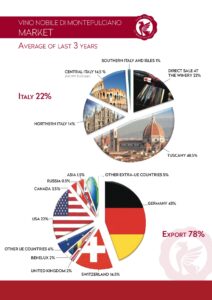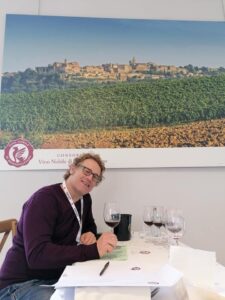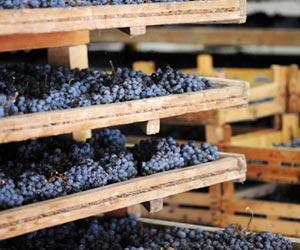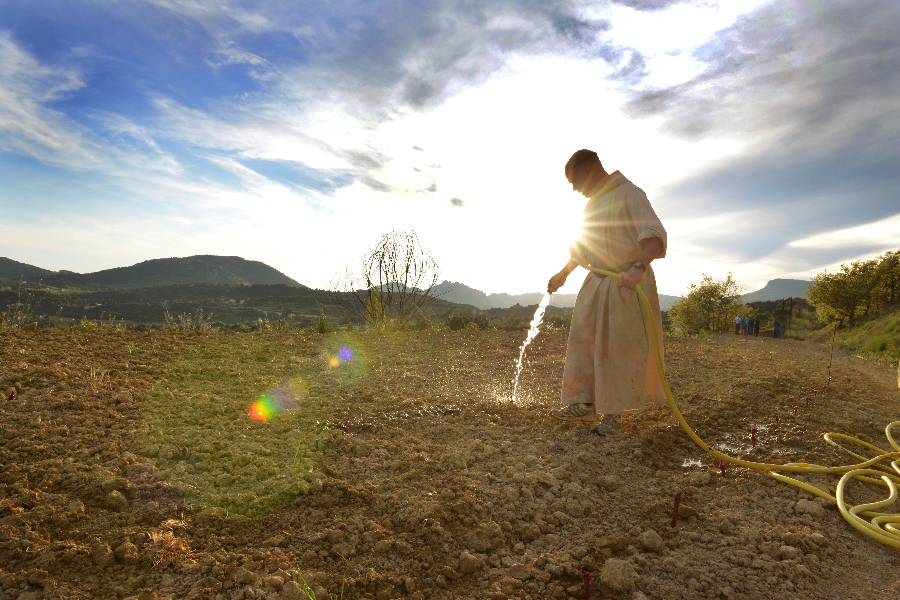I attended another amazing Masterclass last night. The seminar was led again by the knowledgeable Sandra Colosimo, a member of the Associazione Italiana Sommeliers.
Sandra explored, in-depth, the Fiano and Primitivo varieties. The seminar not only gave me a deeper appreciation of two of the most important varietals of southern Italy, it also gave me a sense of the history and geography of Campania and Puglia (which I love).
Here are details on the two wines tasted:
- 2018 Fiano di Avellino DOCG
Varietal: 100% Fiano (organic)
Vinification/Aging: The wine remains on the fine lees for 12 months in stainless steel; further aging 12 months in the bottle
Alcohol: 13.5%
Tasting Notes:
Straw-yellow in colour, expresses scents of pear, peach, hazelnuts and aromatic herbal notes on the nose; a fine bouquet opens up to a palate of some smokey and spicy flavours with refreshing minerality; good body and excellent balance. What a wonderful surprise!
- 2017 Carvinea Primitivo (Organic) IGTAging/Vinification: 20-day maceration with skins, aged in French oak 9 months,
with 6 additional months in the bottle.
Alcohol: 14.5%
Tasting Notes:
Deep ruby in colour; on the nose are pronounced aromas of mulberry, black plum, black cherry, with slight notes of smoke and vanilla; It’s packed with black cherry, mulberry, spices, vanilla, tobacco and dark chocolate flavours, leading to a long finish; It is a well-balanced wine; tannins are present, but are elegant and soft. Beautiful wine
The two wines were beautifully paired with Terroni Mezzo e Mezzo antipasto plate with specialty meats and cheeses: Prosciutto Crudo di Parma DOP, Soppressata Piccante Grana Padano DOP, Fior di Latte Olive verdi di Cerignola Focaccia Barese.
Wonderful Virtual Experience! #lovepuglia
#italianwine #toronto #Italianwinelover #wineeducation #wine #instawine #winelover #winelovers #sommlife #sommelier #terroni
#vino #winestagram #wineoclock #winetasting #wineagency #trueitaliantaste #masterclass #friday #italianfood #italianstyle #italianwinery #italianwinetasting #redwine #whitewine #extraordinaryitaliantaste #Salento #Puglia #iffoodcouldtalk
@italchambers @trueitaliantaste @cavinonawine

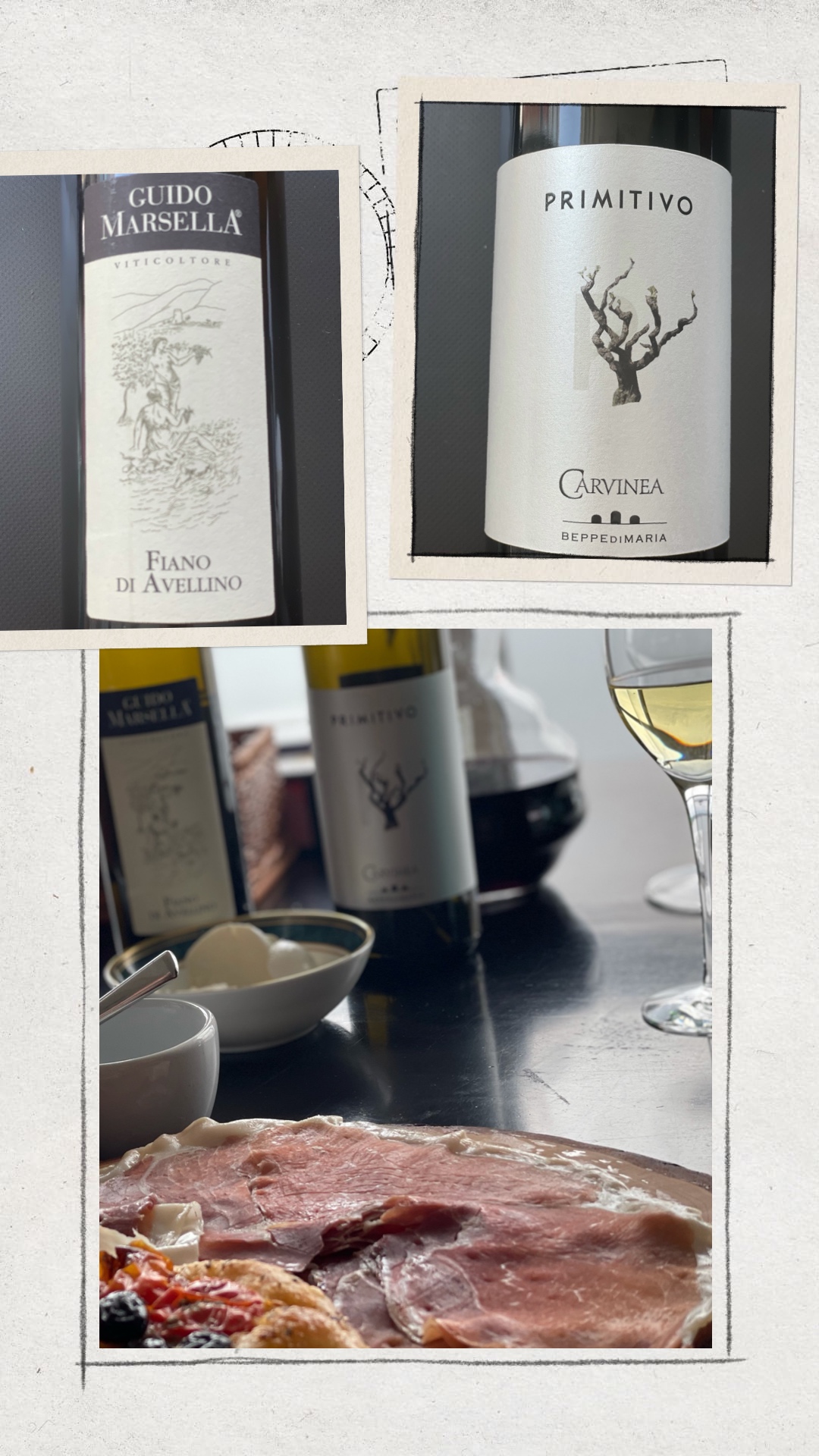
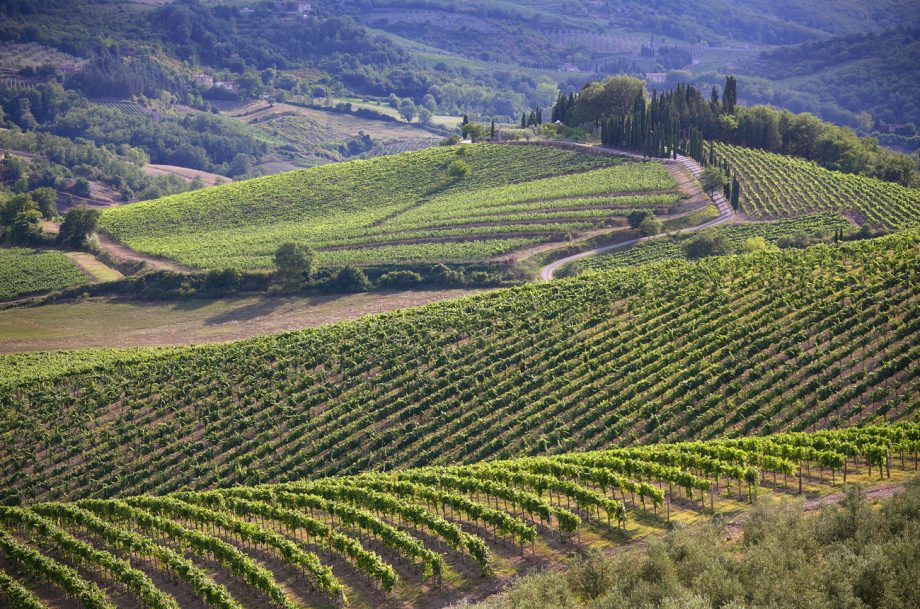
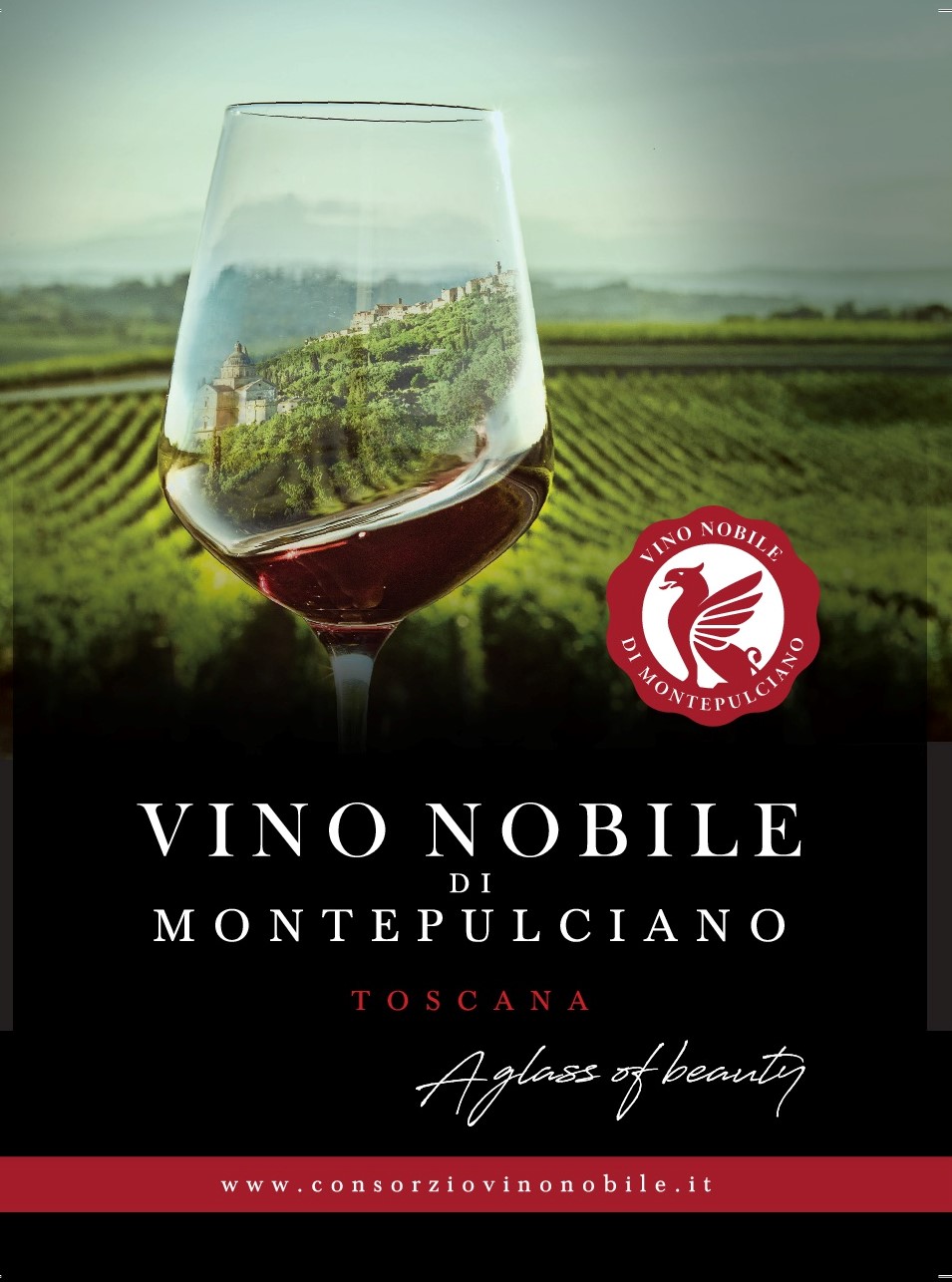
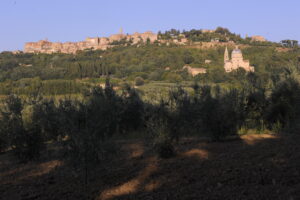
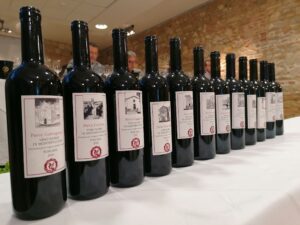
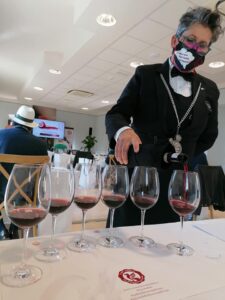
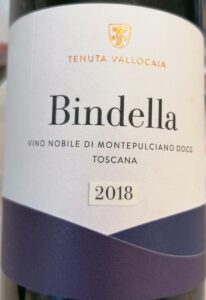
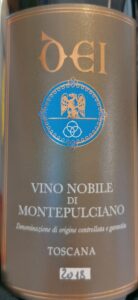 Winery: Dei
Winery: Dei 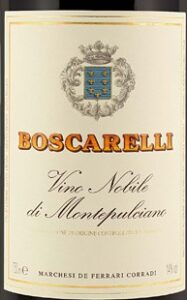
 Winery: Poliziano
Winery: Poliziano 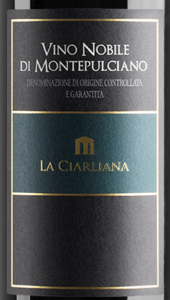 Winery: La Ciarliana
Winery: La Ciarliana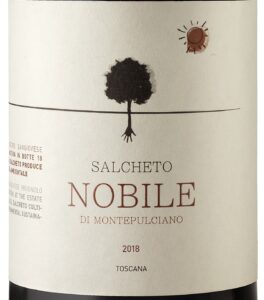 Winery: Salcheto
Winery: Salcheto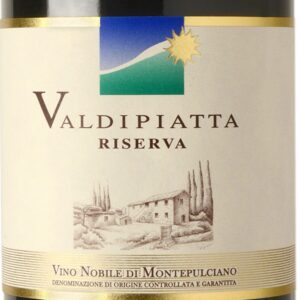 Winery: Tenuta Valdipiatta
Winery: Tenuta Valdipiatta 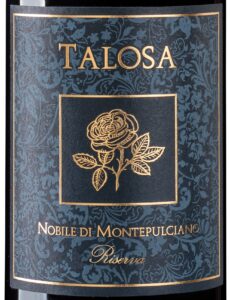 Winery: Tenuta della Talosa
Winery: Tenuta della Talosa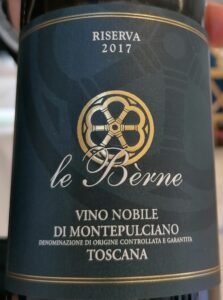 Winery: Le Berne
Winery: Le Berne 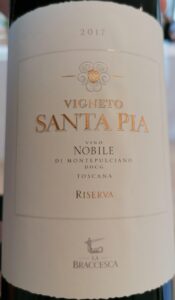 Winery: La Braccesca
Winery: La Braccesca